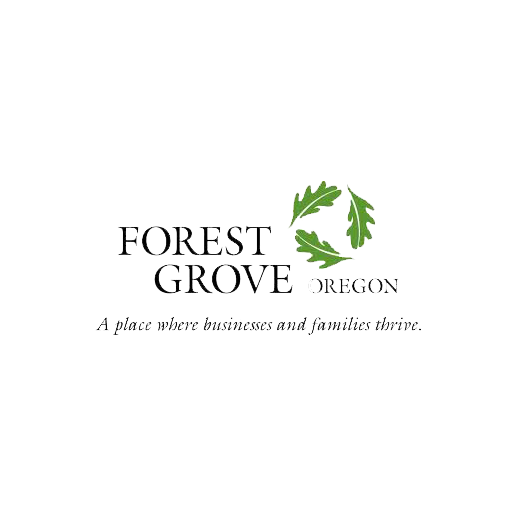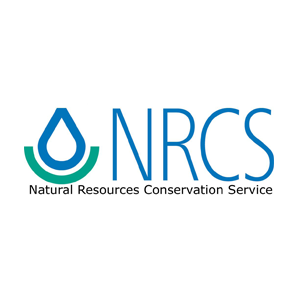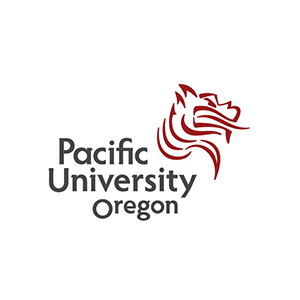Between 2005 and 2025, Tree for All Partners restored more than 150 riparian miles and planted more than 17 million native trees and shrubs. More than 40 case studies were published to document the efforts that made it possible.
Bridging Habitats
Just minutes from downtown Forest Grove, the Gales Forest Grove Natural Area offers 46 acres of high-value habitat — floodplain and streamside forest, wetlands, and oaks — located along the edges of neighborhoods, farm lands, Gales Creek and Highway 47.
The site sits just north of the Carpenter Creek North Natural Area and less than a half-mile from Fernhill. The site boasts a major trailhead for the “Emerald Necklace,” a regional trail that encircles Forest Grove and Cornelius and crosses Gales Creek here, giving the public access to a beautiful natural area that connects to the city’s regional trail system.
The Site
First planting: 2015
Size: 36 acres
Stream length: 3,407 feet
Total to date: 12,724 plants
Plant communities: Emergent Marsh, Oak Savanna, Riparian Forest, Wet Prairie
The Challenge
Riparian and floodplain forests, wet prairies, oak savanna and shrub wetlands were once abundant here, connecting wildlife and fish habitats across the upper Tualatin River Watershed. Today, these important habitat types have been reduced and fragmented across the landscape, inhibiting fish and wildlife passage, causing invasive vegetation to thrive and contributing to more destructive floods.
The Transformation
Since 2007, the partnership between Natural Resources Conservation Service, Metro, Clean Water Services and the City of Forest Grove has resulted in 100,000 trees, shrubs and native ground cover planted and maintained. This type of habitat helps to regulate temperature, sediments and nutrients on Gales Creek, where winter steelhead find some of the most important refuge in the entire Tualatin Valley.
With funding from the Oregon Watershed Enhancement Board, partners are restoring wetland and oak savanna habitat pieces that, when linked, form a fully restored, 46-acre site. Once completed, Gales Forest Grove Natural Area will bridge habitats in the area of the Tualatin River and Gales Creek confluence. This significant complex of habitat types will support some of Oregon’s species of concern including the basin’s most substantial population of steelhead trout. The restored habitat will also offer songbirds such as the yellowthroat, brown creeper and downy woodpecker plenty of places to breed and nest.
One of the most notable aspects of this project is its close proximity and access to the city of Forest Grove. Thanks to the configuration of existing and new trails, the site is used by hundreds of regional and local visitors each year. Not only does the Gales Forest Grove Natural Area attract more people for wildlife viewing and recreation, it also offers hands-on learning for students from local schools, from pre-K through Pacific University.
46 native plant species
Plant cover change*
Native shrub/tree: +44%
Native herbaceous: +10%
Invasive: -32%
* Figures measure increase/decrease since monitoring began in 2012. Shrub/tree and herbaceous cover are measured only in plant communities appropriate to those species.







































